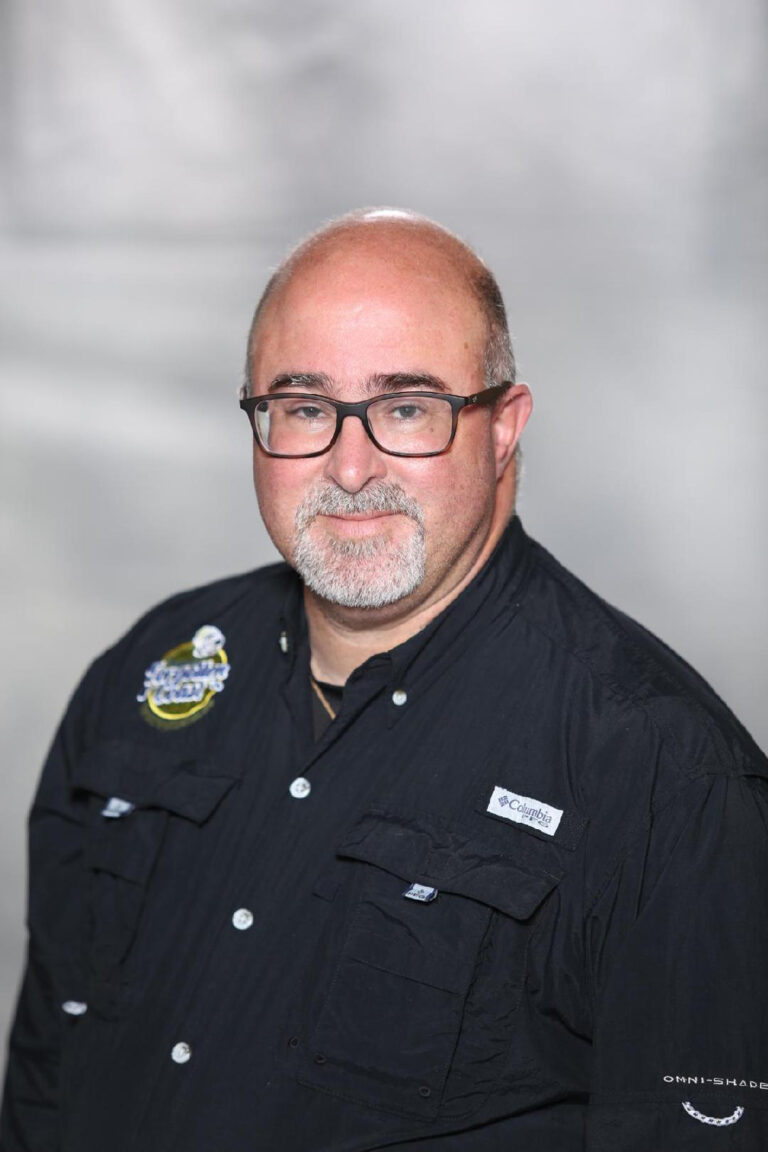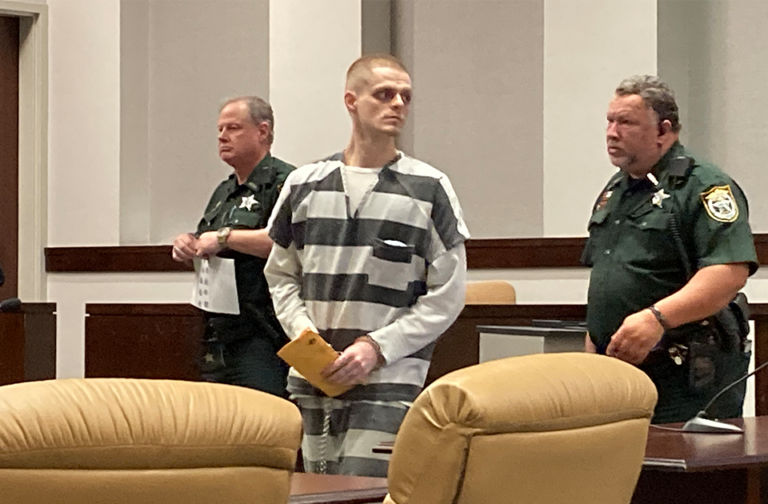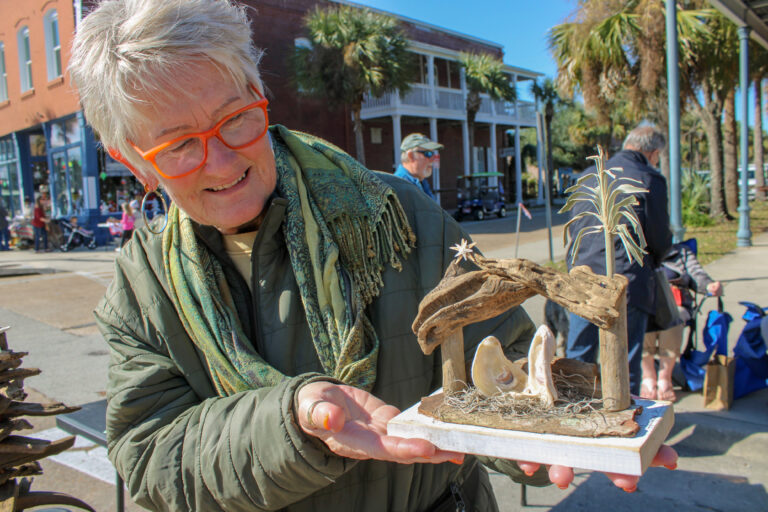Legacy Post Disclaimer
This is a #Legacy post imported from The Apalachicola Time’s previous platform. If you’re experiencing issues with this article, please email us at news@nevespublishing.com.
Chestnut Cemetery among state’s finest
Apalachicolas Chestnut Cemetery has a collection of some of
the finest hand-carved headstones in the state, worthy of preservation and presentation.
In an April talk as part of the Apalachicola Area Historical
Societys speaker series, Margo Stringfield, an expert from Pensacolas University
of West Florida on the states historic cemeteries, engaged the audience at the
Raney Houses Carriage House on the exquisite aspects of Chestnut Cemetery.
It has one of the most specimens in the state of Florida
of carved coquina-based sandstone and marble headstones, said Stringfield, who
together with Sharon Thompson is at work on a book about Floridas historic cemeteries.
In wonderful detail, aided by a slide presentation, Stringfield
recounted how the stylistic consistency of the lettering can be studied to trace the
likely carvers of the soft stones, whose livelihoods were succeeded by the appearance of the
harder granite, and the advent of machining methods.
Elihu Purvis, from Pensacola, was among those who worked on
such stones, which were shipped over from Europe, often to New Orleans, or the
big cities of the Atlantic seaboard, where they were carved according to the
dictates of wealthy Apalachicola families. Many of them came down the river,
she said.
The years 1820 to 1859 marked the golden age of hand carving,
in which artisans offered everything from winged cherubs to crocodiles to lilies
to provide an insight into the life of the deceased, often drawing their
inspiration from works of literature or the fine arts.
In one example, Stringfield outlined how the tomb of a young
child featured a butterfly in the center, indicating transformation, out of
which emerges a poppy, which signifies sleep, all symbolizing a child eternally
asleep in the arms of the Lord.
Other stones feature lilies, symbolizing resurrection, or
ferns or a flowering passion fruit. Everything on it has a meaning, she said.
In addition to stones, the cemetery features a rare example
of a single slate marker, the only one in any Florida cemetery, as well as some
with a blanket of shells and no names, and others that survive despite their
being wooden. I think you have the most wood Ive seen anywhere in the state,
Stringfield said.
According to the AAHS website, which can be viewed at aahs.wildapricot.org,
there are about 540 marked graves in the cemetery, with several more that are
unmarked. Beginning in 1912, the local chapter of the United Daughters of the
Confederacy marked the graves of all the Civil War veterans in the cemetery,
and there is now believed to be at least 79 Confederate veterans and seven
Union veterans buried in the cemetery.
The website also features details of a walking tour of the
cemetery as well as an interactive online tour.
The historical societys cemetery committee is headed by Henry
Martin, who was earlier this month named to replace longtime committee head
Mark Curenton. Members also include Elizabeth Zingarelli Milliken, Dennis Winterringer,
John Solomon, Creighton Brown, David Adlerstein, Shan Raetzloff, Tom Fugate and
Jim Miller, a retired state archaeologist for the state of Florida who in 2016 authored
an exhaustive report on Chestnut Cemetery.
AAHS President Caty Greene said the historical society has
accepted Millers recommendations, and has moved forward on several of the
priorities, including spending close to $10,000 last year to repair the perimeter
fence.
Much of these monies came from donations received at the twice-yearly
Ghost Walks, which have drawn an increased following to its evening of portrayals
of the many prominent citizens who now reside eternally at Chestnut.
The next Ghost Walk is slated for Saturday evening, Oct. 30.
Greene said the historical society is looking to forge a lasting
partnership with the Panhandle Players, whose actors have been among the many
local people to play roles in the Ghost Walks.
Stringfield also took time to answer several questions about
cemetery preservation from the audience. She said it made sense to clean off
biological material from the headstones, as it can be unsightly and in some
cases harmful over the long run.
Since marble is sensitive to acids and
scratches, and can be conducive to biological growth, she cautioned that some
cleaners should be avoided, including the alkaline bleach, and that if water
doesnt do the trick, there are a number of biological agents that do not harm
the stone.




Meet the Editor
David Adlerstein, The Apalachicola Times’ digital editor, started with the news outlet in January 2002 as a reporter.
Prior to then, David Adlerstein began as a newspaperman with a small Boston weekly, after graduating magna cum laude from Brandeis University in Waltham, Massachusetts. He later edited the weekly Bellville Times, and as business reporter for the daily Marion Star, both not far from his hometown of Columbus, Ohio.
In 1995, he moved to South Florida, and worked as a business reporter and editor of Medical Business newspaper. In Jan. 2002, he began with the Apalachicola Times, first as reporter and later as editor, and in Oct. 2020, also began editing the Port St. Joe Star.